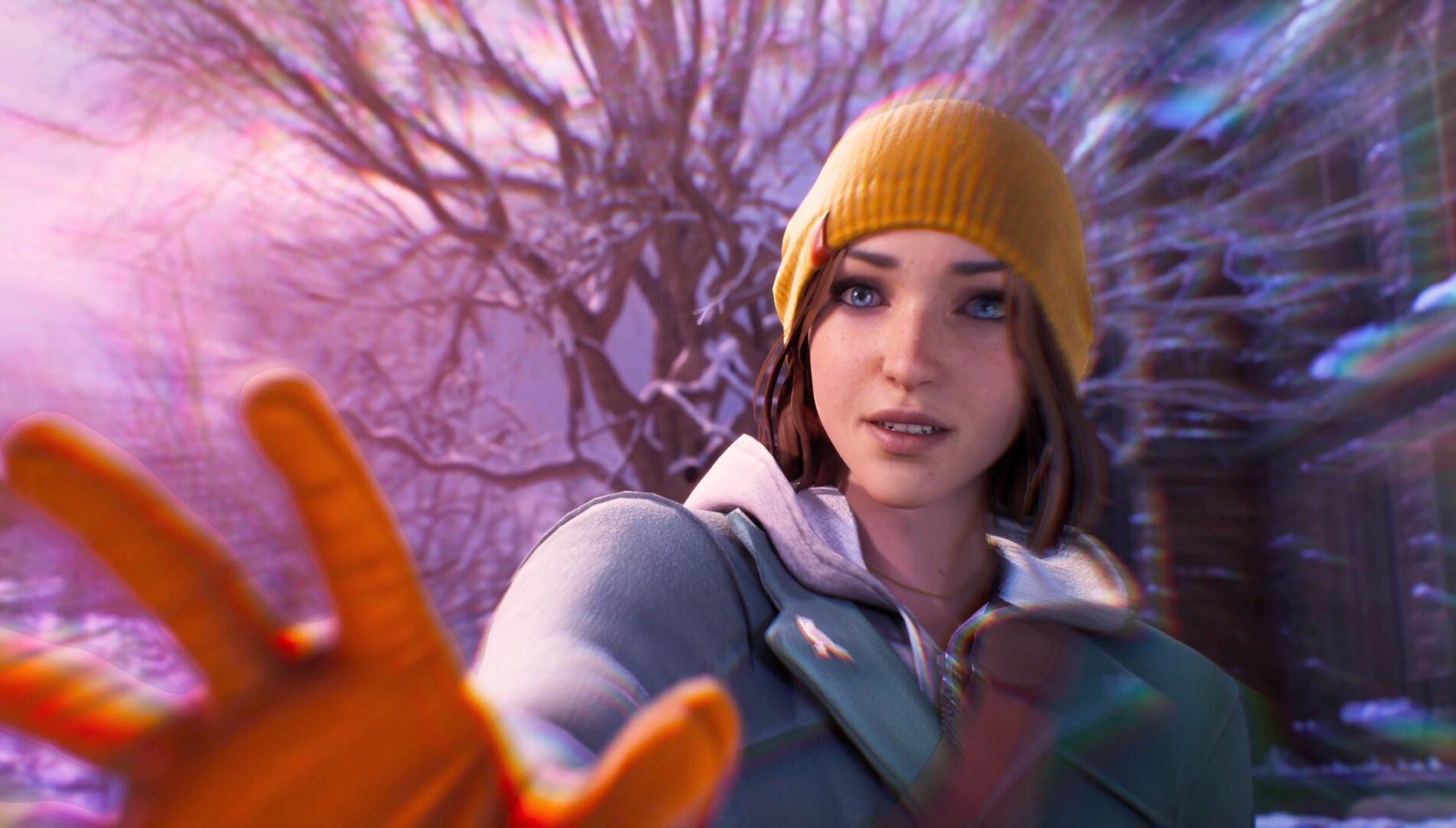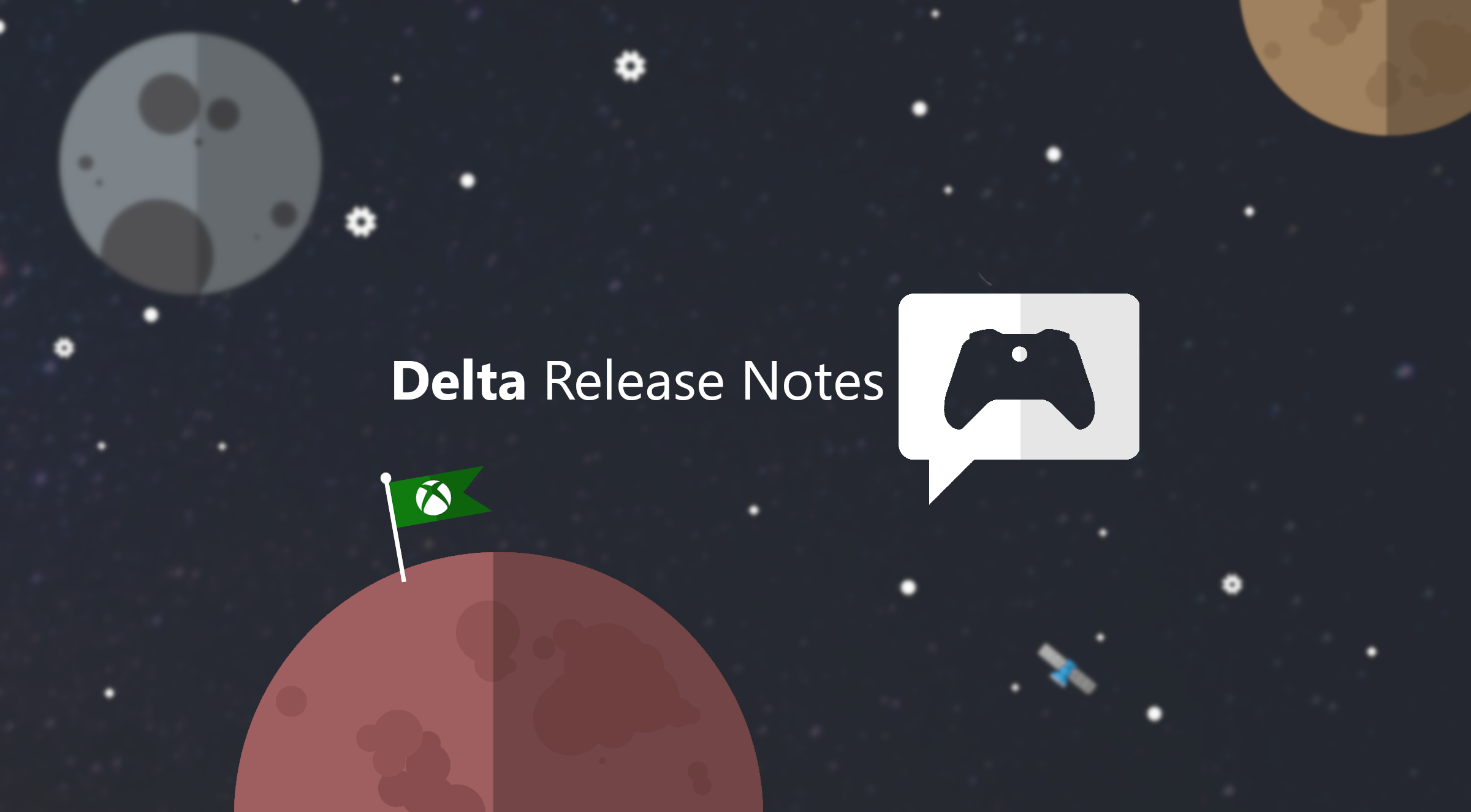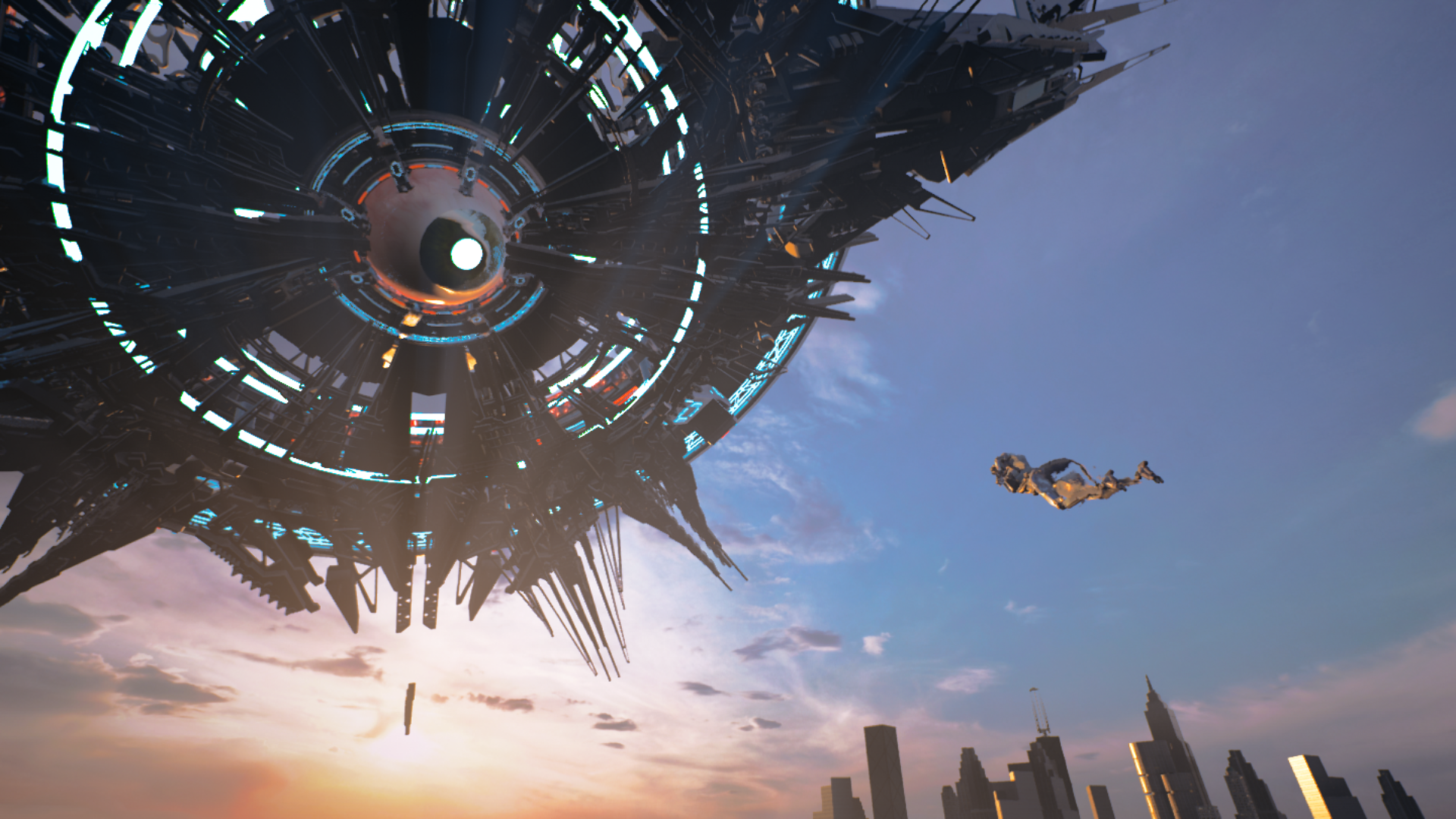Life Is Strange: Double Exposure Brings Back Max Caulfield By Taking on a Whole New Gaming Genre
The post Life Is Strange: Double Exposure Brings Back Max Caulfield By Taking on a Whole New Gaming Genre appeared first on Xbox Wire.
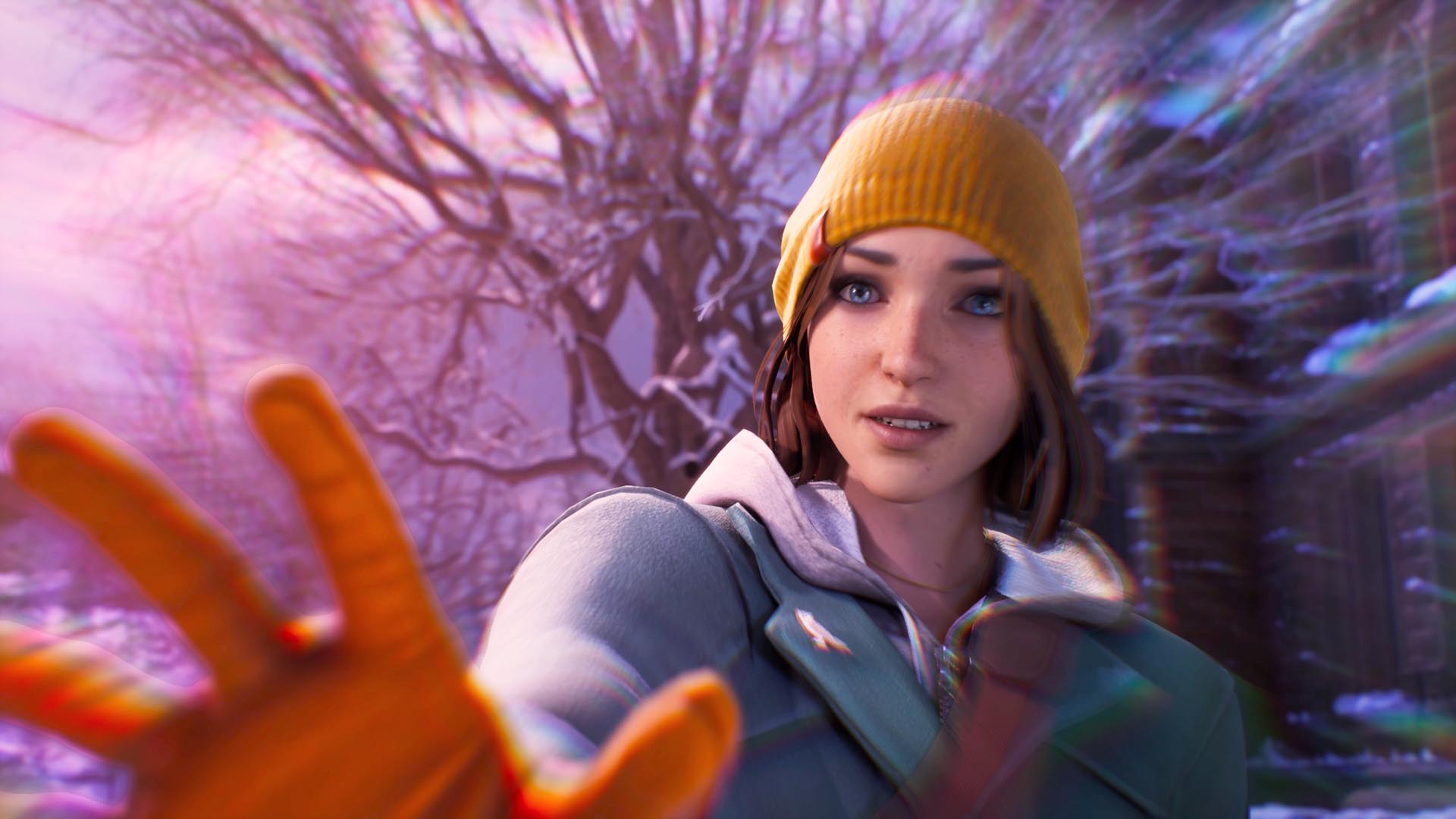
Life Is Strange: Double Exposure Brings Back Max Caulfield By Taking on a Whole New Gaming Genre
Max Caulfield became something of an unexpected video game icon in the course of the first Life Is Strange. In a medium often associated with over-muscled, under-dressed lead characters, stepping into the shoes of an ordinary person, with relatable hopes and fears (and, yes, just a dash of superpowers) felt quietly revolutionary.
Discovering the mysteries of Arcadia Bay was the headline of that game, but helping Max discover who she was through the course of our adventure became the thing I remember most about the first installment in what’s become a major gaming series.
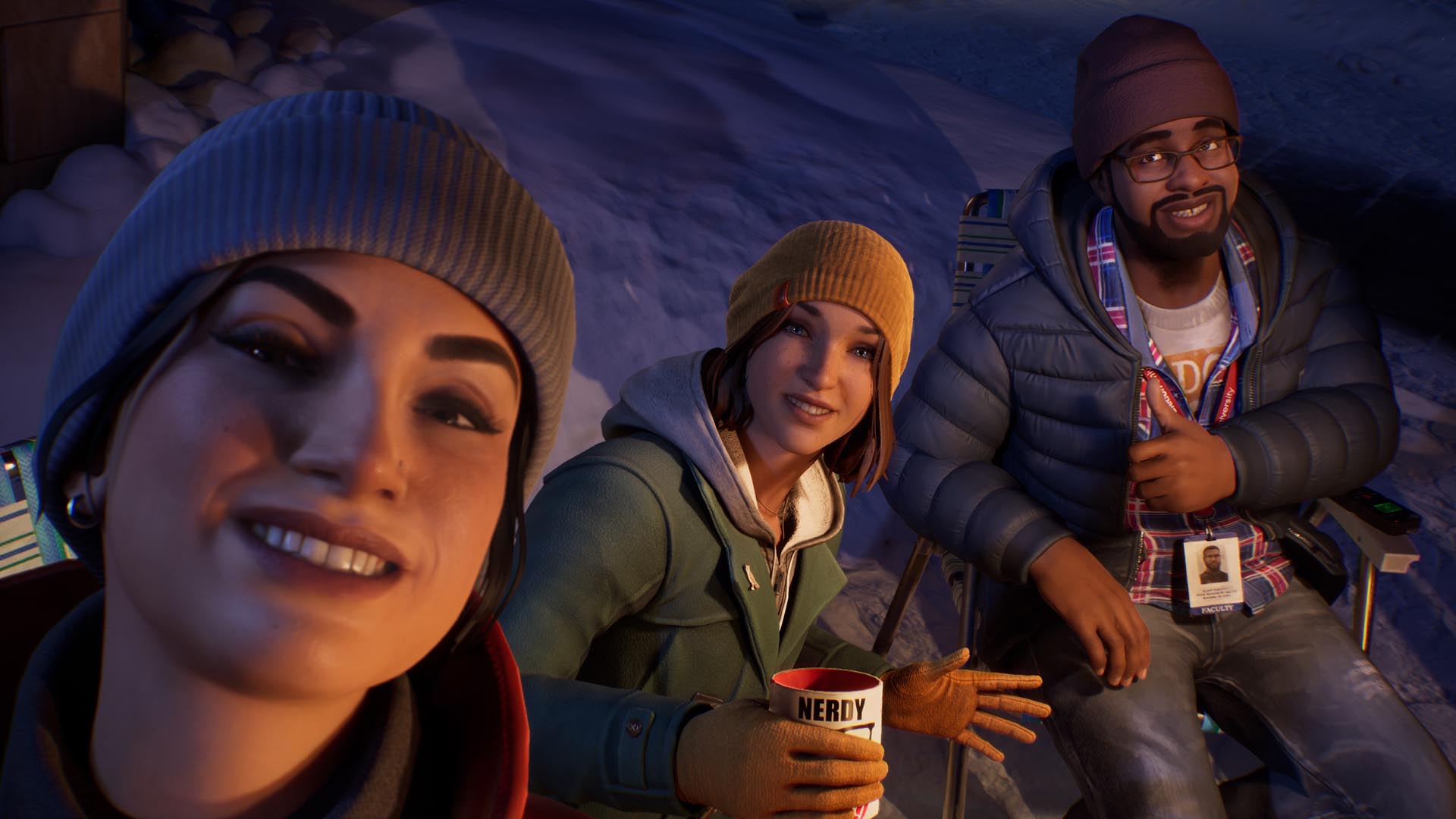
So, as I picked up the controller to play a slice of her unlikely return, I expected all of this to feel familiar – a character, her powers, and a vibe that still live in my mind, years later. I’m thrilled to say I was wrong.
We knew that the Max Caulfield of Life Is Strange: Double Exposure would be older, with a life history for us to catch up on, but that translates into a game that feels equally evolved. Double Exposure is set years after the original, and places Max (and us) in the midst of a supernatural murder mystery. Her best friend, Safi, is killed, awakening a whole new power in Max – the ability to shift between two timelines, allowing her to see a world in which Safi never died alongside her own.
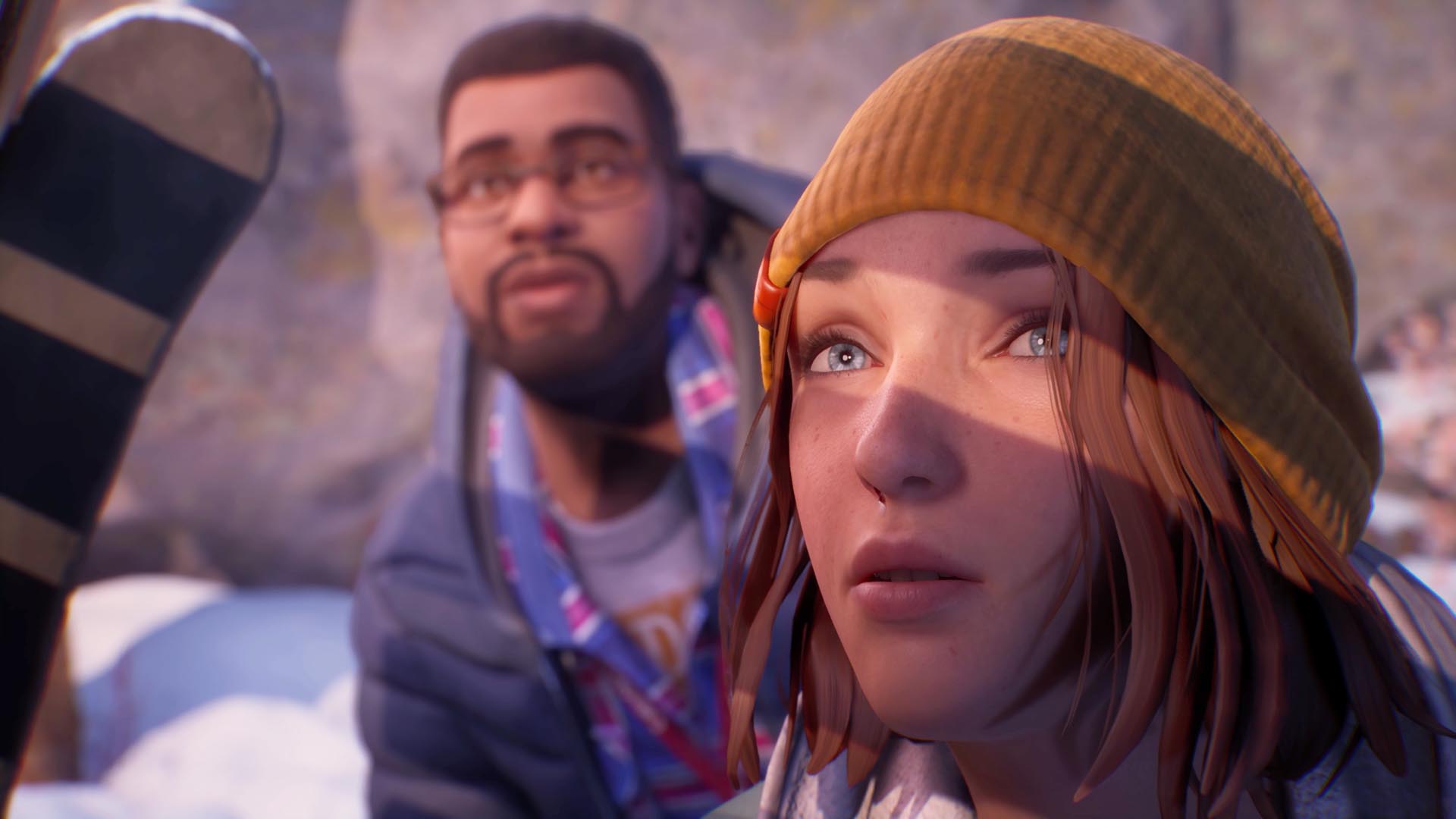
In my demo of the game, set a few hours into the game, I see quite how much those new powers change the fabric of Life Is Strange as a whole. Where Max’s original power to rewind time effectively played with the idea of a Choose Your Own Adventure – the virtual equivalent of putting your finger in the page before you turn to a new one – timeline shifting goes some way towards changing the genre entirely. Double Explosure is more of a puzzle game than this series has ever allowed for before.
My demo sees me aiming to help Moses, a (seemingly innocent) friend suspected of Safi’s murder – inadvertently incriminating evidence is locked in a Caledon University science lab, and Max needs to find and remove it before a suspicious detective can stumble across it himself. Max can only shift timelines through what amount to rips in space-time, offering me a way into the lab that’s otherwise inaccessible.
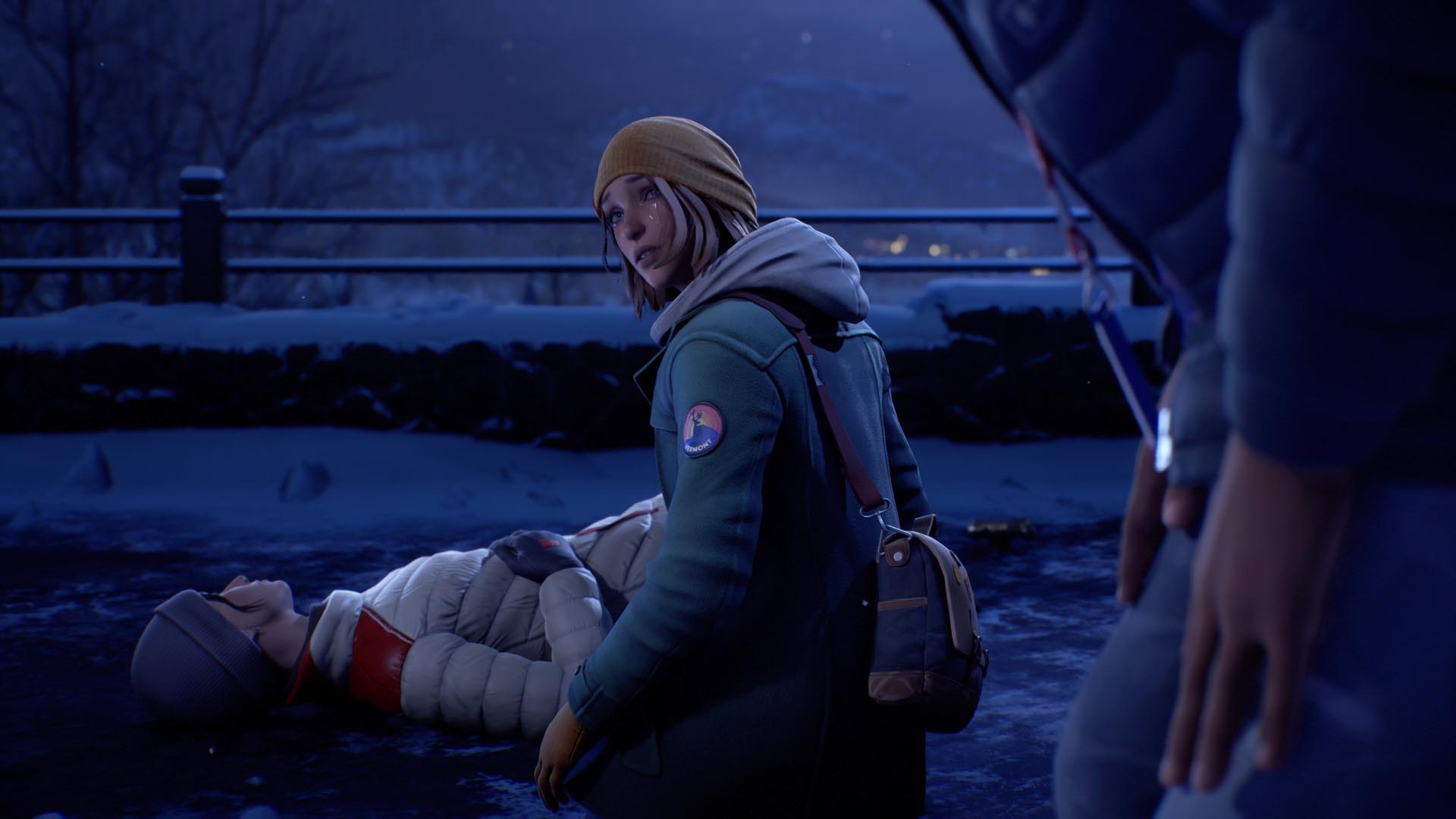
Initially, it’s pure Life Is Strange – I enter the lab and ask other-Moses where he might safely keep a secret, building a picture of the situation entirely through dialogue. But soon, this becomes another kind of game entirely. I’m tasked with figuring out not only how to make my way around, but piecing together the mystery across both timelines – clues from one affecting how I proceed through another. There are elements of stealth, as I avoid the detective in the “dark” timeline, and even an entirely new power, allowing me to switch objects between timelines and change the rooms around me. This is not the Life Is Strange you remember, and it’s all the more enticing for that.
It’s a whole new take on puzzle solving for Life Is Strange – there are still the pivotal dialogue choices, deeply personal histories to uncover, and carefully chosen diegetic indie music, but with a new focus on classic game design weaving it all together. Like Max, Life Is Strange is learning how to become something new.
Life Is Strange: Double Exposure launches for Xbox Series X|S and Windows PC on October 29 this year – and those who pre-order the Ultimate Edition can play both Chapters 1 and 2 from October 15.

Life is Strange: Double Exposure
Square Enix
The post Life Is Strange: Double Exposure Brings Back Max Caulfield By Taking on a Whole New Gaming Genre appeared first on Xbox Wire.







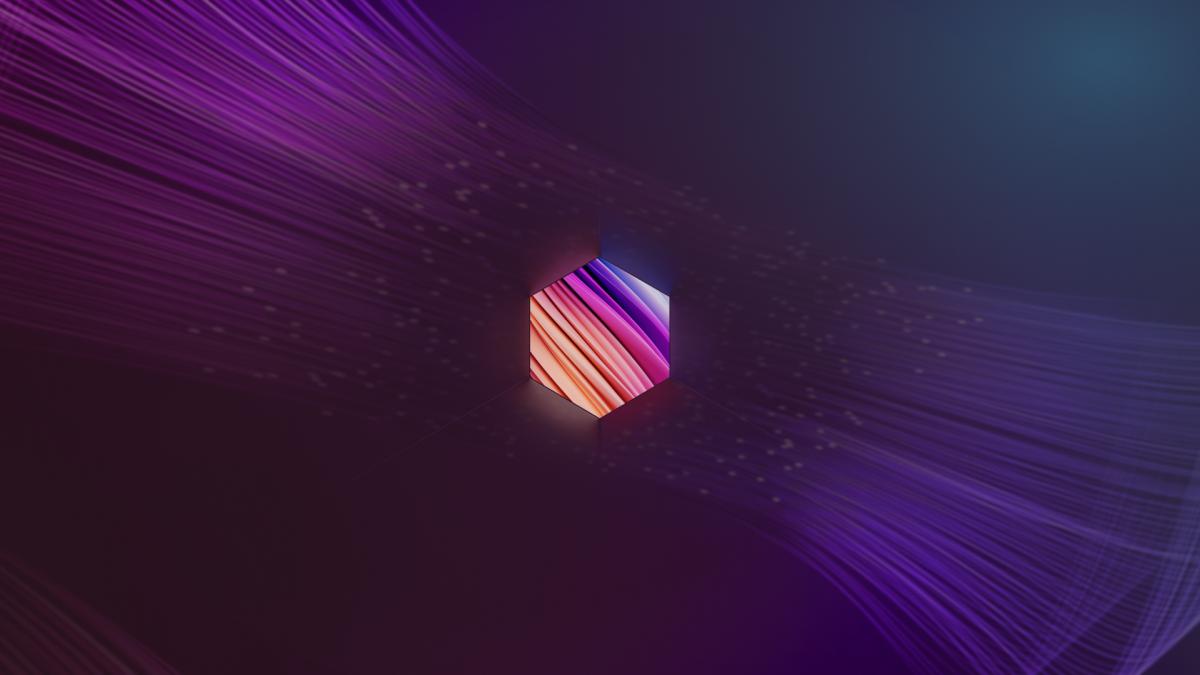

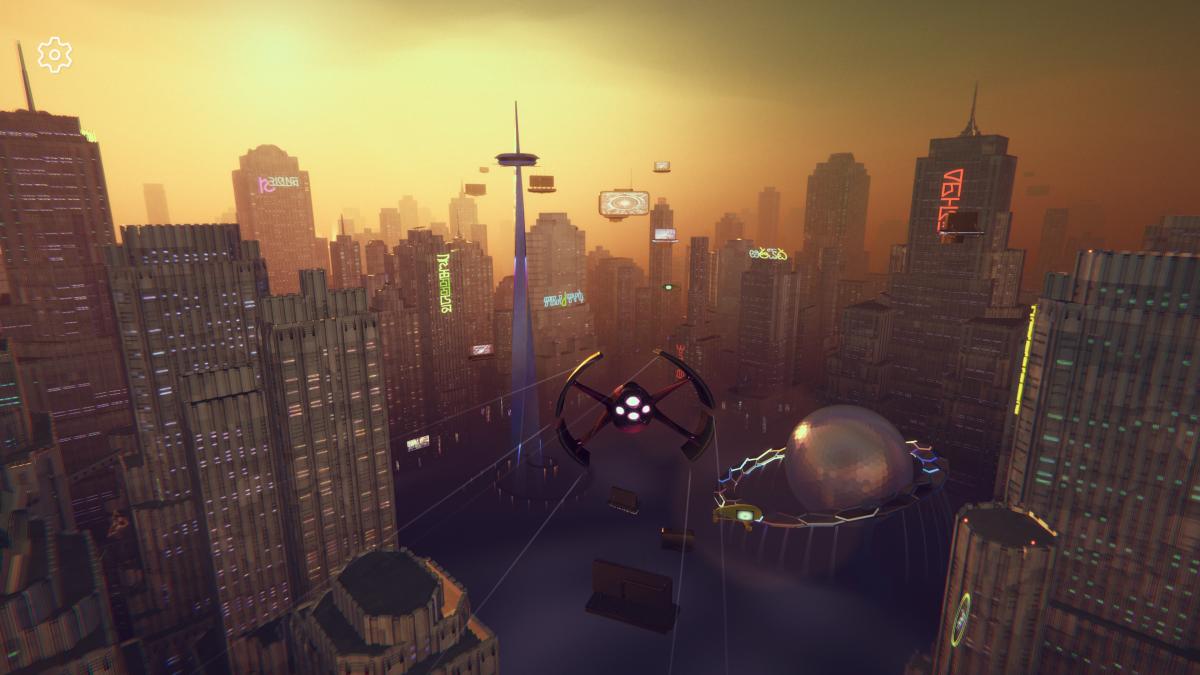






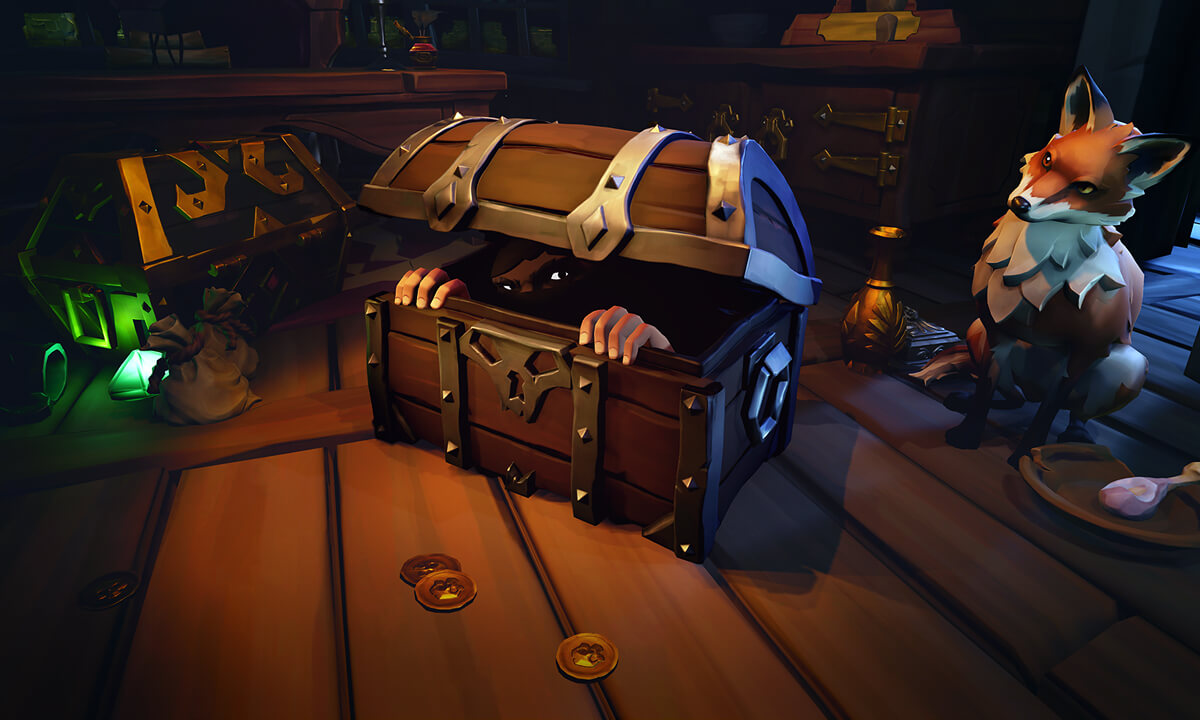
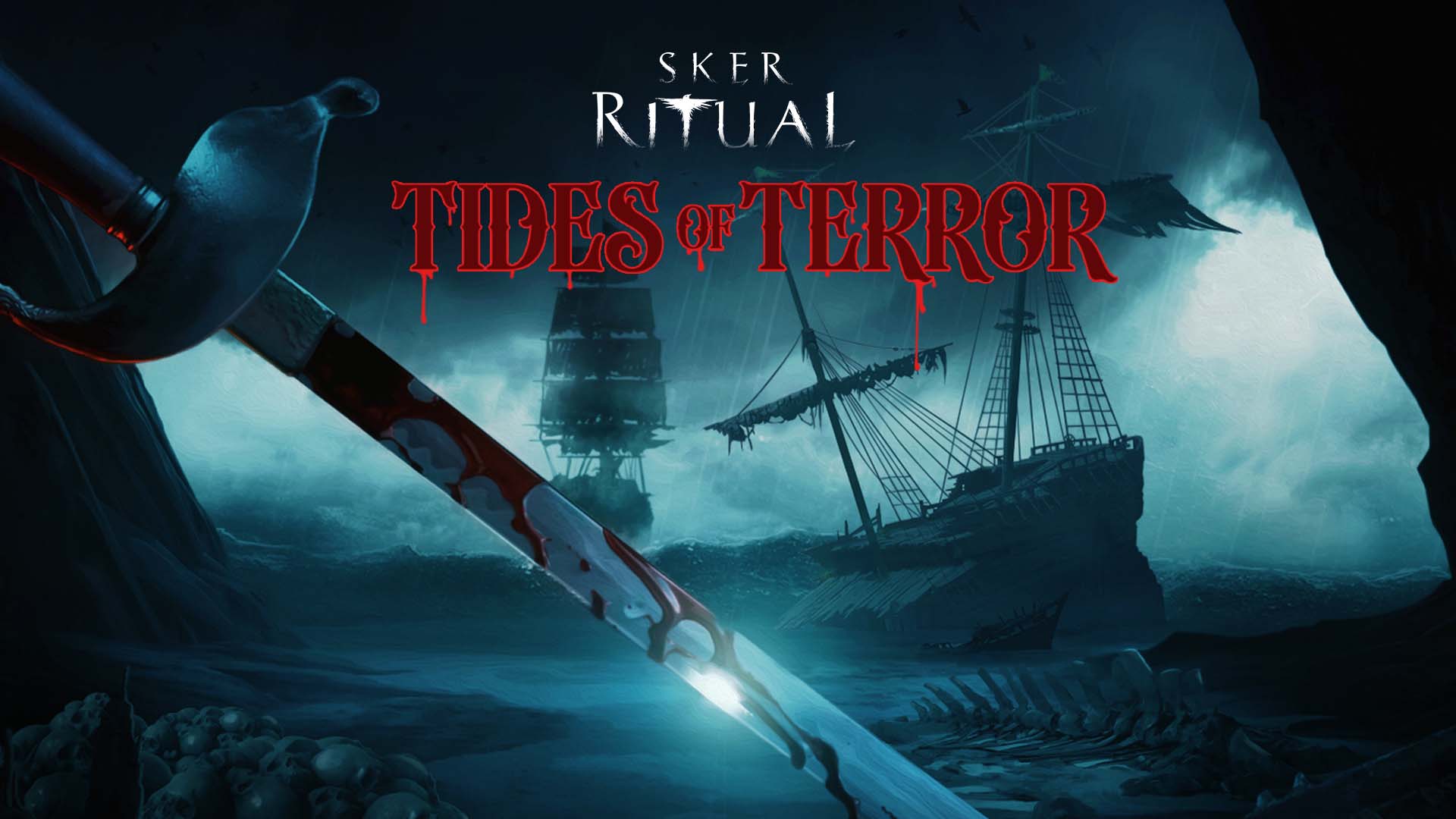
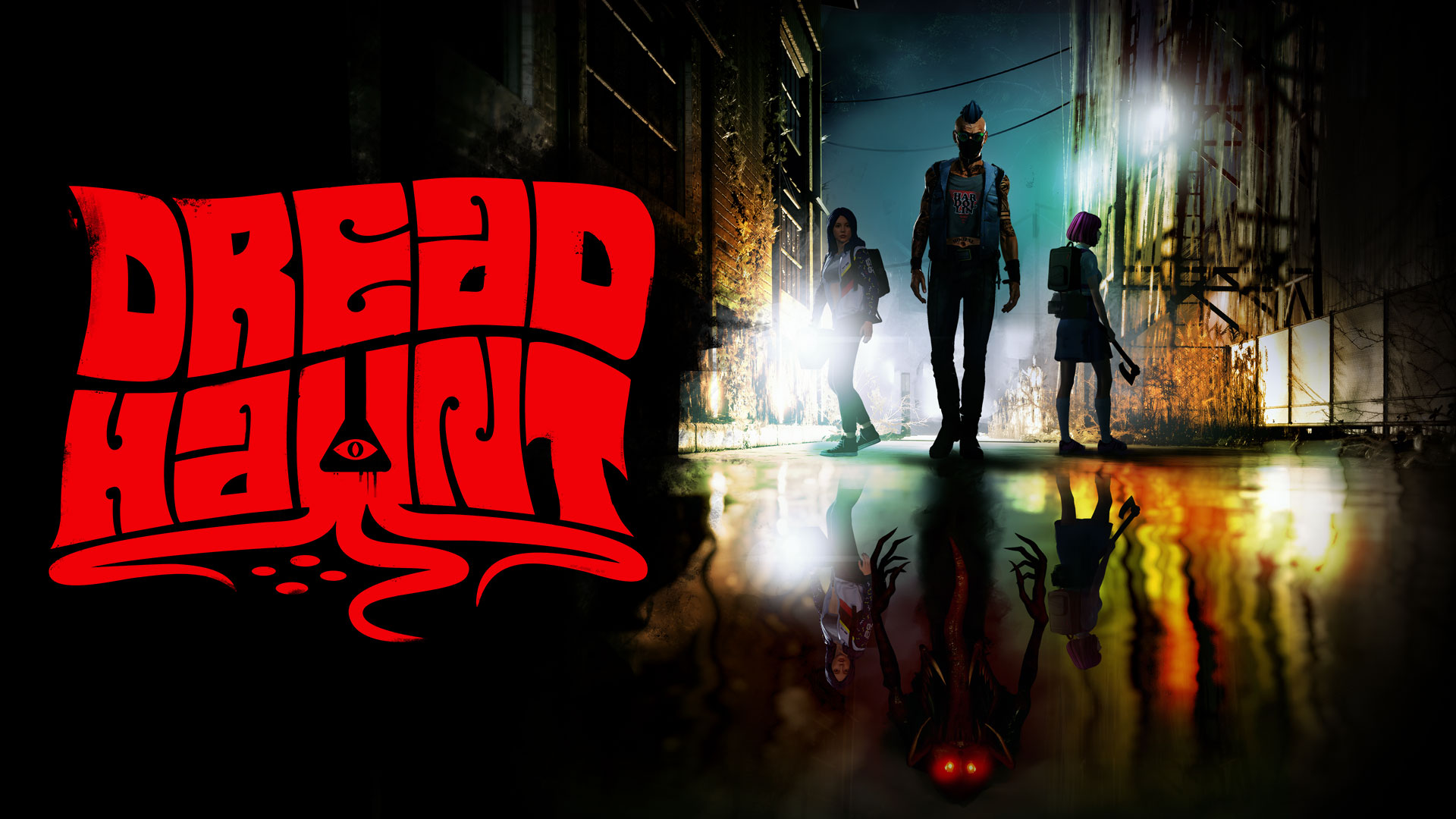







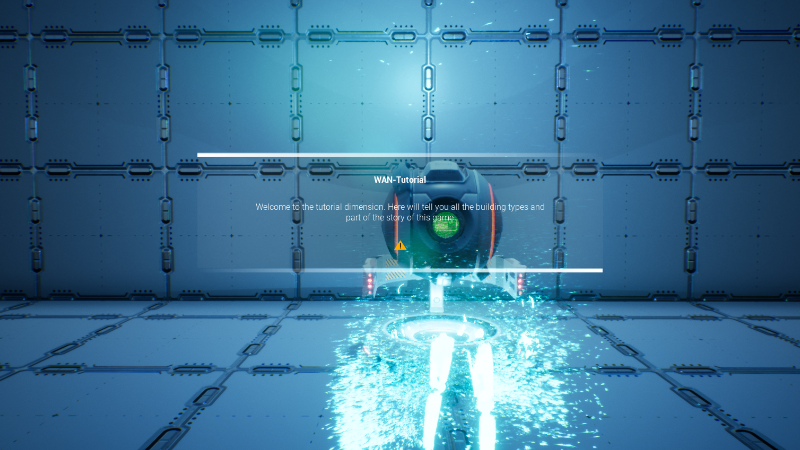
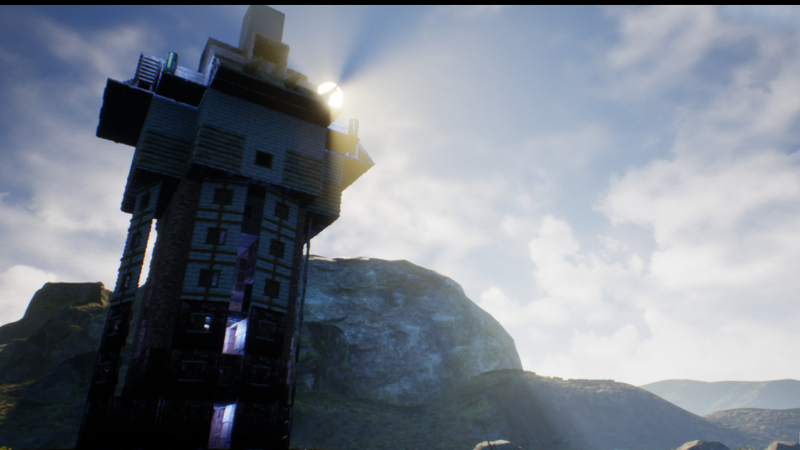


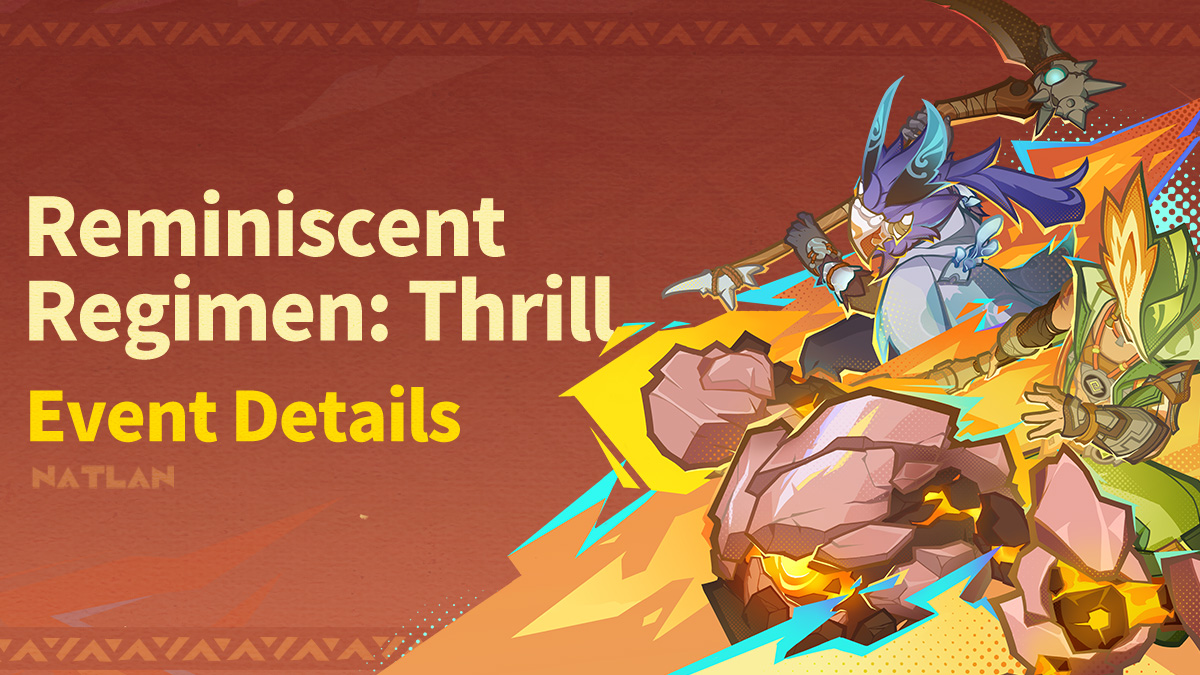


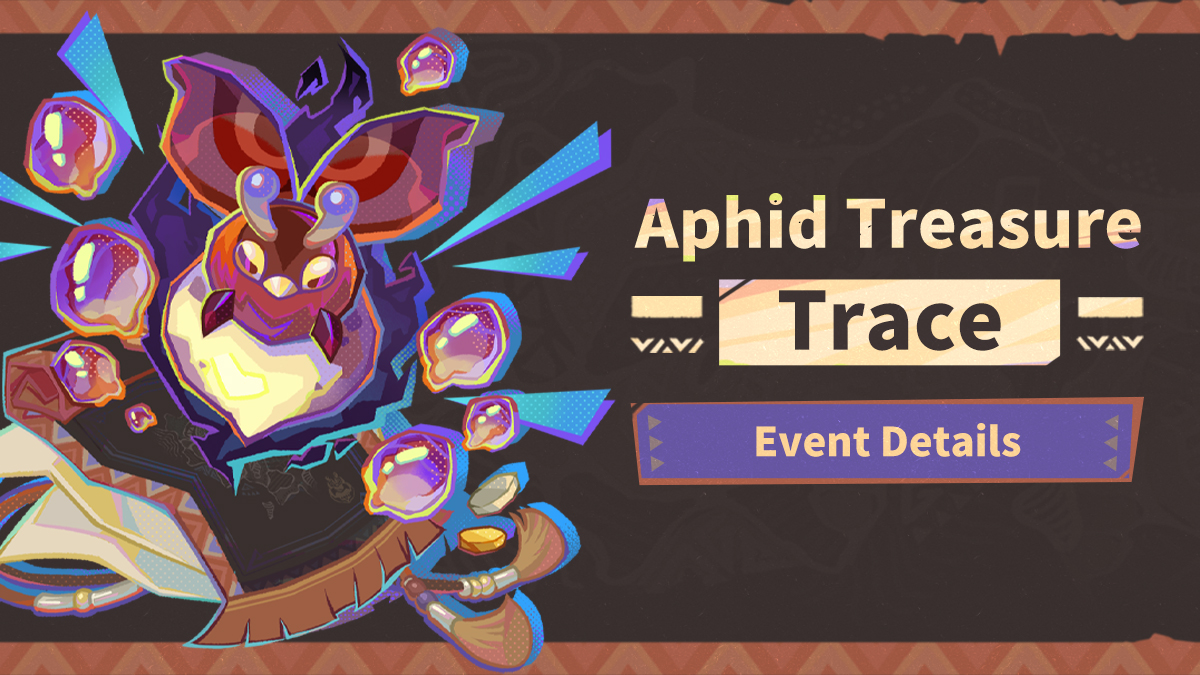
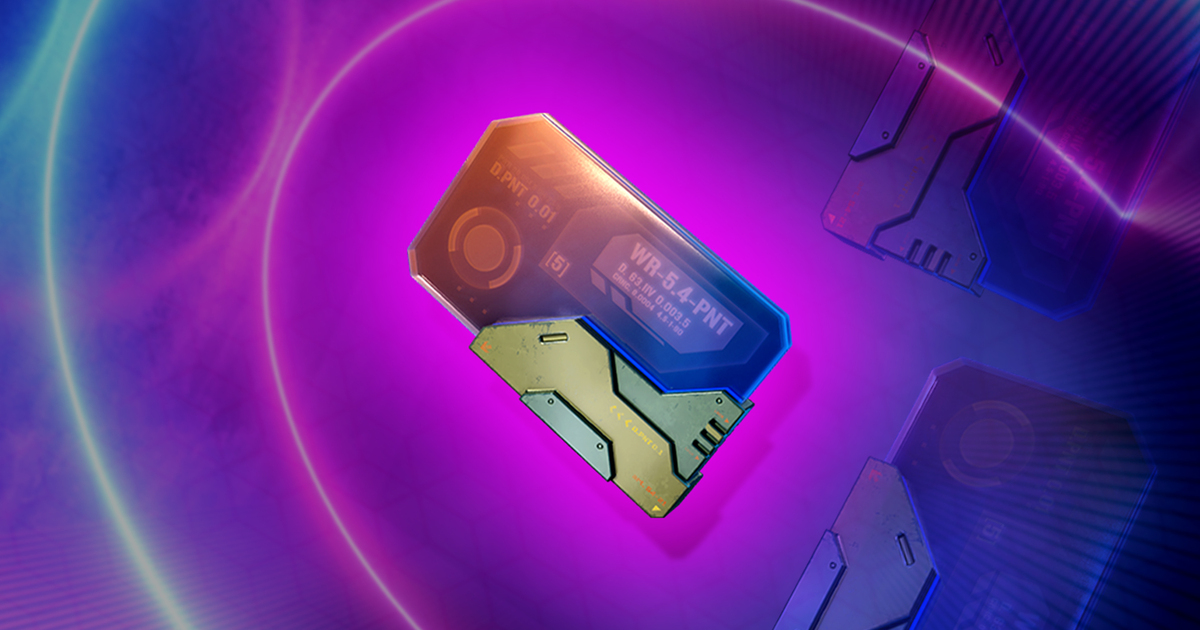
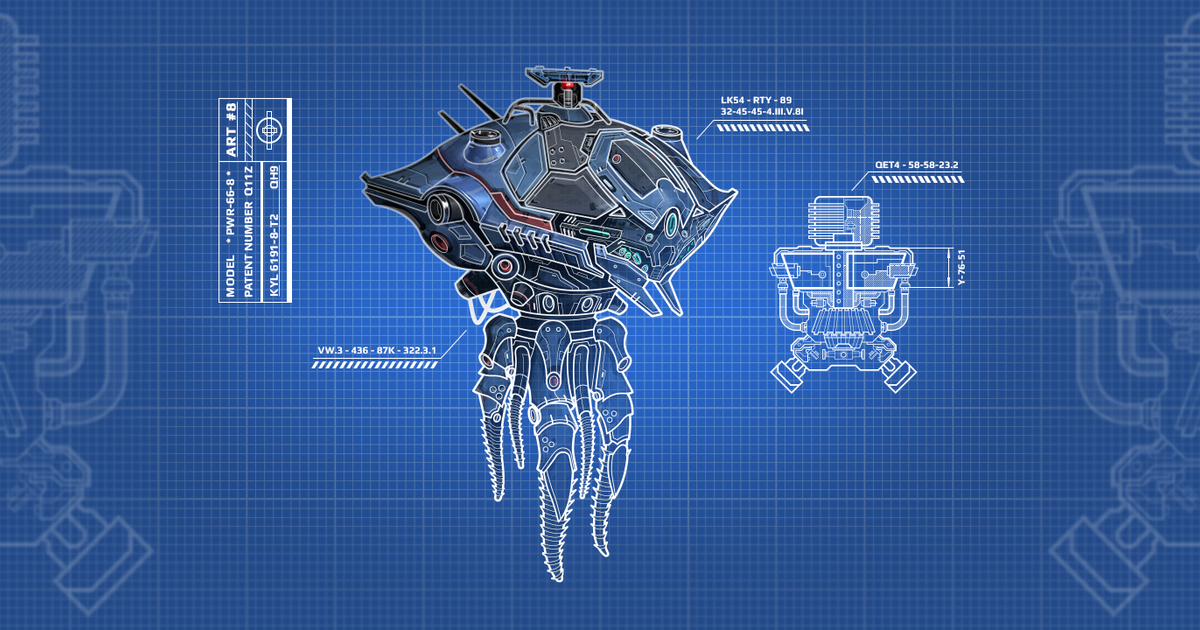
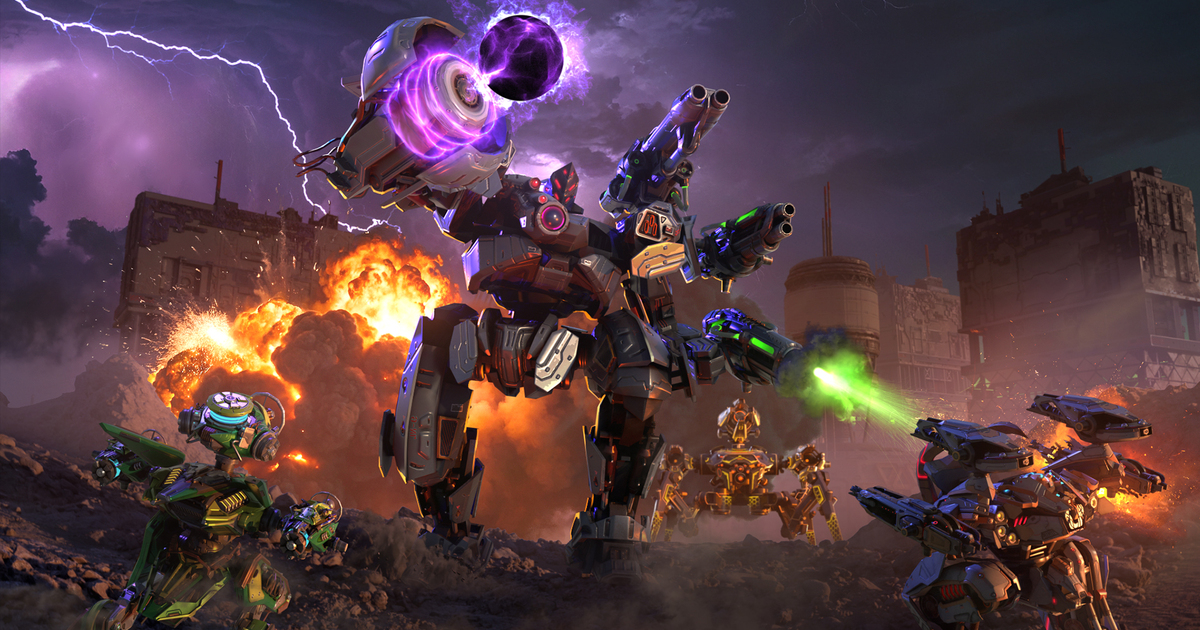

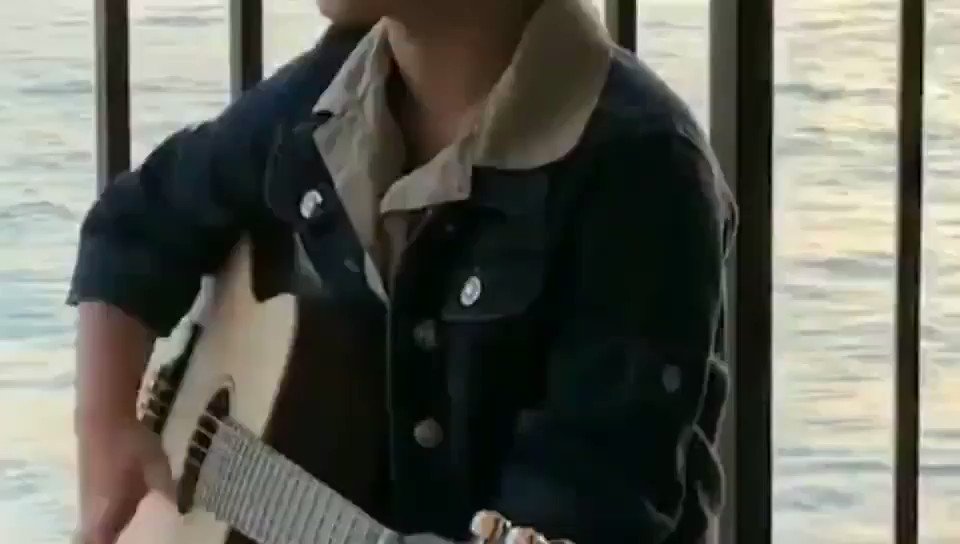







![[Business Talk] How YH Living LTD Tailored Business Solutions Powered by Smart Technology](https://i.scdn.co/image/ab6765630000ba8a5782a039d18af0d958cadc87?#)
![[Business Talk] Elon Musk](https://i.scdn.co/image/ab6765630000ba8ac91eb094519def31d2b67898?#)
![[Business Talk] BYD's Hiring Standards: A Reflection of China's Competitive Job Market](https://i.scdn.co/image/ab6765630000ba8a1a1e0af3aefae3a685793e7c?#)
![[PRO Tips] What is ESG? How is it different from CSR and SDGs? 3 keywords that companies and investors should know](https://i.scdn.co/image/ab6765630000ba8a76dbe129993a62e85226c2b4?#)

